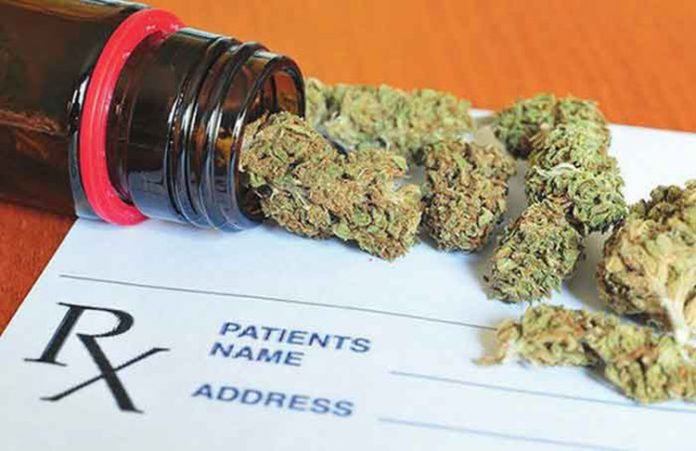Tyesha Nelson isn’t down on medical marijuana, even though it didn’t help her with her intractable pain.
The 31-year Duluth, Minn., woman “was placing all my bets on the medical marijuana” to relieve the pain from the rheumatoid arthritis with which she had been diagnosed at age 23, she said Wednesday.
She had a dose in August 2016, soon after intractable pain was added as an approved condition for treatment with medical cannabis in Minnesota. Not only did it fail to relieve her pain, Nelson said, it “gave me the worst anxiety I ever experienced in my life.”
After trying it again last July with the same results, Nelson called the pharmacist at cannabis provider LeafLine Labs in Hibbing. He told her she probably was having an allergic reaction and advised her to seek medical help immediately.
“I didn’t because I didn’t want to give medical marijuana a bad rap,” Nelson said. “I’m only one person. It might work for other people.”
Indeed, a study released Thursday by the Minnesota Department of Health reports that some Minnesotans are finding medical cannabis helpful in their battle with “pain whose cause cannot be removed,” as the department defines it.
“Many patients are commenting how happy they are that they’re getting at least equivalent pain relief without being on the other drugs that had caused such terrible side effects,” said Dr. Tom Arneson, research manager for the Health Department’s office of medical cannabis, in a phone interview.
“This study helps improve our understanding of the potential of medical cannabis for treating pain,” Minnesota Health Commissioner Jan Malcolm said in a statement announcing the results. “We need additional and more rigorous study, but these results are clinically significant and promising for both pain treatment and reducing opioid dependence.”
According to the study:
• Among 2,174 patients who purchased medical cannabis for intractable pain and completed the required self-evaluation from Aug. 1-Dec. 31, 2016, 61 percent reported a high level of benefit (at least a 6 on a 7-point scale).
• Little or no benefit (a score of 1-3), was reported by 10 percent of patients.
• 42 percent of patients who reported a moderate to high level of pain on a 10-point scale when they began taking medical cannabis achieved a reduction in pain scores of 30 percent or more in the first month.
•For 22 percent, a reduction in pain scores of 30 percent or more was maintained over at least four months.
• Of 353 patients who self-reported taking opioid medications when they started using medical cannabis, 63 percent reduced or eliminated opioid use by the end of six months.
• Fifty-five patients taking cannabis for intractable pain reported severe adverse side effects, meaning side effects that interrupted usual daily activities.
But medical cannabis still isn’t readily available for everyone, Arneson said, nor is it affordable for everyone.
More than 1,100 medical practitioners in Minnesota will certify patients for medical cannabis, Arneson said.
“The numbers are actually quite good. … (But) we’ve gotten many complaints from the northeastern quadrant of our state about having difficulty finding someone to certify them.”
Nelson said she went to a clinic in the Twin Cities to be certified as a medical cannabis patient because she couldn’t find a local provider.
Another common complaint is the price, Arneson said. Although medical cannabis is starting to be covered under workers comp programs, in general it’s not covered by insurance.
“These patients are paying hundreds of dollars per month,” he said. “The thing that I feel bad about is that this program is actually not affordable for the majority of the state’s population.”














